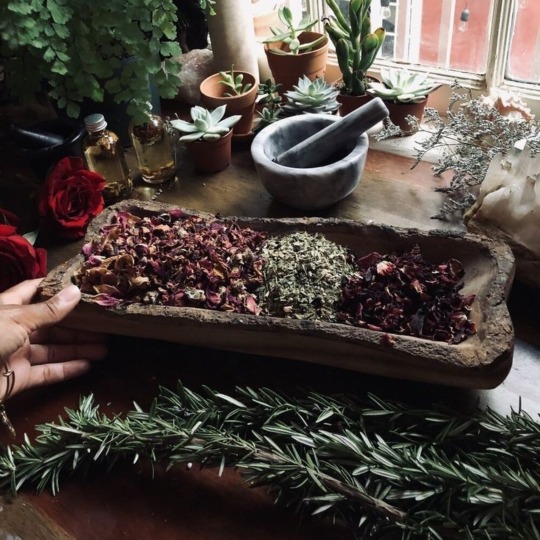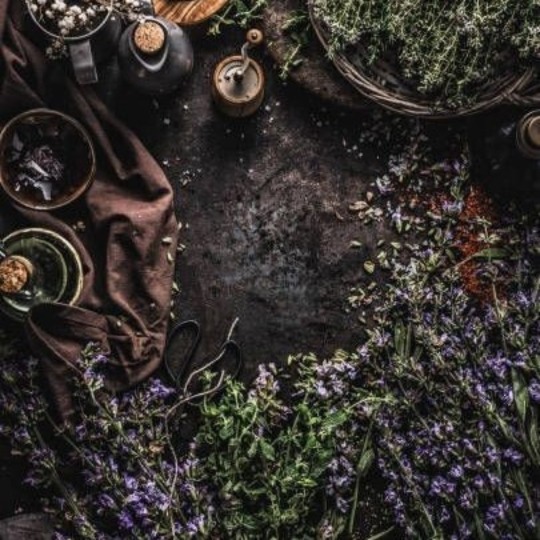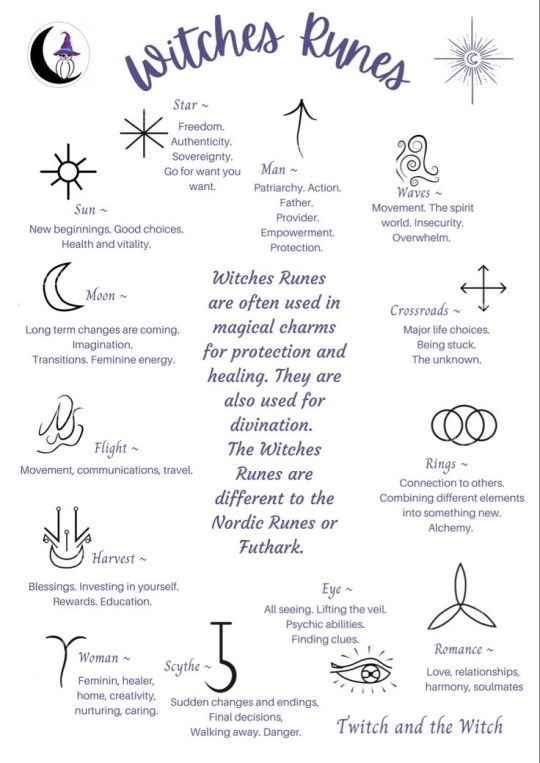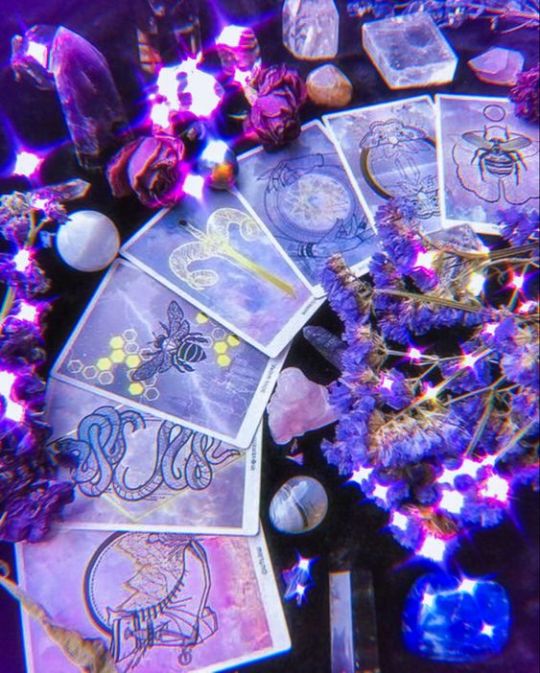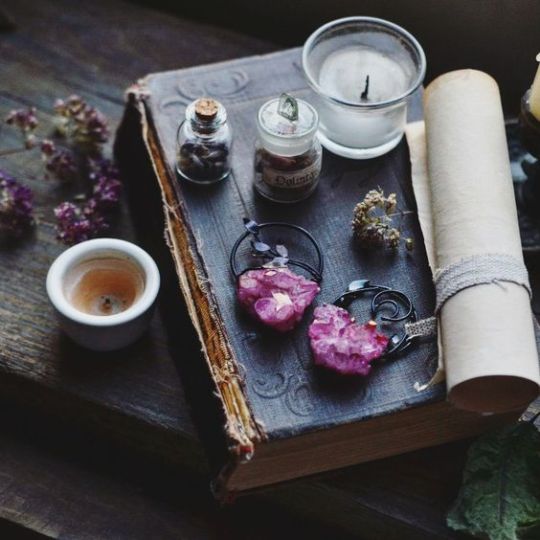Text
Protection spells are utilized by witches to safeguard themselves and others from negative energy and harm. Here are a few examples:
Circle of Protection: This spell involves creating a circle of salt or herbs around oneself or a specific area to create a barrier against negative forces.
Shielding Spell: This spell requires visualizing a protective shield of light or energy around oneself to deflect any negative influences.
Warding Spell: By placing protective symbols or objects in a specific area, this spell prevents unwanted energies or entities from entering.
Banishing Spell: This spell removes negative energies or entities from a person or place by using incantations, herbs, or rituals.
Remember, it is important to use these spells responsibly and with good intentions.
From www.poemsplease.com

587 notes
·
View notes
Text
basic herb associations
Agrimony: Protection, sleep aid, banishing negative energies.
Basil: Love, wealth, protection, purification.
Bay Laurel: Psychic abilities, purification, success.
Cinnamon: Prosperity, success, protection, love.
Dandelion: Divination, wishes, psychic abilities.
Elder: Protection, healing, prosperity.
Frankincense: Spirituality, protection, purification.
Garlic: Protection, healing, banishing.
Hawthorn: Fertility, protection, love.
Ivy: Protection, fidelity, healing.
Juniper: Purification, protection, healing.
Lavender: Relaxation, love, purification.
Mugwort: Divination, psychic abilities, protection.
Nettle: Protection, healing, curse-breaking.
Oregano: Joy, strength, vitality.
Patchouli: Prosperity, love, grounding.
Quince: Love, happiness, protection.
Rosemary: Memory, protection, purification.
Sage: Wisdom, purification, healing.
Thyme: Courage, purification, psychic abilities.
Uva Ursi (Bearberry): Psychic abilities, protection, healing.
Valerian: Love, purification, sleep aid.
Willow: Divination, healing, love.
Xanadu Plant: Protection, purification, love.
Yarrow: Psychic abilities, love, courage.
Zinnia: Healing, friendship, focus.
1K notes
·
View notes
Text
10 Tips For the Beginner Witch
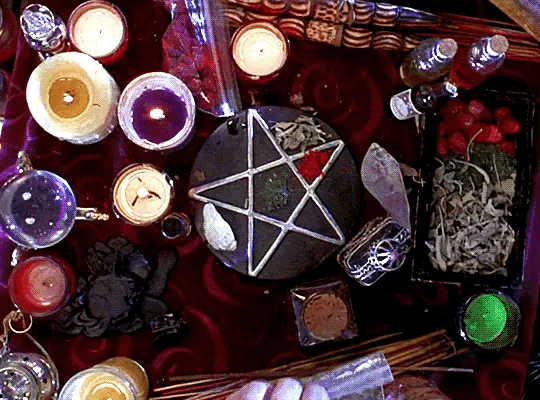
1. Don’t rush into things:
Take the time to explore and learn about witchcraft, its traditions, and practices. Resist the urge to jump into more advanced practices or take on too much at once. Start small and build your knowledge and skills gradually.
2. Don’t believe everything you read online:
Be mindful of where you get your information about witchcraft. Do thorough research and cross-check multiple sources before adopting any beliefs or practices. Remember that not everything online is reliable or accurate.
3. Don’t compare yourself to others:
Each person’s journey in witchcraft is unique, and it’s important to focus on your own growth and path. Don’t compare yourself to others or try to measure up to someone else’s standards. Embrace your own journey and celebrate your progress.
4. Don’t neglect self-care:
Witchcraft can be emotionally and mentally taxing, so prioritize self-care. Take time for yourself to recharge, meditate, and do things that bring you joy. Pay attention to your physical and emotional health and practice self-compassion.
5. Respect nature and the elements:
Witchcraft often involves working with the elements and nature, so treat them with respect. Avoid harming wildlife, littering, or engaging in practices that harm the environment. Build a relationship with nature and the elements based on respect, gratitude, and reciprocity.
6. Don’t force your beliefs on others:
Witchcraft is a personal practice, and everyone has their own beliefs and experiences. Respect the beliefs of others, and don’t try to force your own beliefs on anyone else. Be open-minded and respectful of different perspectives and approaches to witchcraft.
7. Ask for help:
The witchcraft community is a supportive and knowledgeable community. Don’t hesitate to ask for help, guidance, or advice from more experienced practitioners. Join online forums or local groups to connect with others and learn from their experiences.
8. Balance your practice with mundane responsibilities:
Witchcraft can be a fulfilling and meaningful part of your life, but don’t neglect your everyday responsibilities. Make sure to balance your practice with your job, family, and other obligations. Remember that taking care of yourself and your responsibilities is an important part of a healthy witchcraft practice.
9. Keep a grimoire or book of shadows:
Keeping a grimoire or book of shadows is a valuable tool for any beginner witch. It allows you to record your experiences, insights, and practices, and serves as a reference for your ongoing learning and development.
10. Embrace experimentation:
Witchcraft is a creative and experimental practice, so embrace your inner curiosity and explore different practices and techniques. Try out different forms of divination, herbalism, meditation, or ritual practices to find what resonates with you. Remember that experimentation and playfulness are key components of a healthy and dynamic witchcraft practice.
As you embark on your enchanting journey as a beginner witch, remember to take your time and savor each magical moment. Witchcraft is a unique and personal practice that is meant to be explored and experienced with joy and curiosity. Remember to approach your craft with wonder and gratitude for the beauty of nature and the elements. May your path be filled with enchantment and wonder as you explore the mystical world of witchcraft.
My Ko-Fi
1K notes
·
View notes
Text
New post!!
3 notes
·
View notes
Text
Just some moons that I forgot to post!
#amature blogger#blog post#witch#witchcraft#new moon#February new moon#pisces#pisces new moon#aquarius new moon#aquarius#astrology
1 note
·
View note
Photo
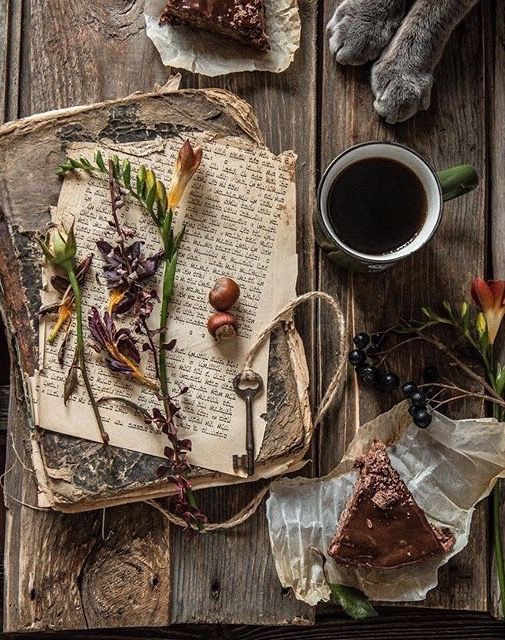
🔮 Witchy Goth & Pagan Shop 🔮
Use code “TUMBLR” for 20% off
323 notes
·
View notes
Text
New post!
0 notes
Text
New post!
#amature blogger#blog post#witch#witchcraft#astrology#moon#full moon#january full moon#cancer full moon
0 notes
Text
New post!
0 notes
Photo

IRON
Energy: Projective
Planet: Mars
Element: Fire
Deity: Selene
Associated Stones: Quartz Crystal, Holey Stones
Associated Metals: Lodestone, Meteorite
Powers: Protection, Defensive Magic, Strength, Healing, Grounding, Return of Stolen Goods
Magical/Ritual Lore:
Because iron is seldom found in pure form except in meteorites, the earliest iron available for use by humans was obtained from these strange celestial objects. Meteorites, which were observed falling from the heavens, were used to make simple tools, supplementing bone and stone implements by earlier humans.
Throughout most of the world, humans eventually learned how to remove iron from its ore, which made it available for wider use.
Once this occurred, it was soon limited to purely physical applications and was restricted in magic and religion. In ancient Greece, for example, no iron was brought into the temples. Roman priests could not be shaved or scraped with iron during bodily cleansing.
Ireland, Scotland, Finland, China, Korea, India, and other countries have severe taboos against iron. Again and again in ancient rituals fire was made without iron, altars built without its use, and magical rituals performed only after divesting the body of all traces of the metal.
Herbs were usually collected with non-iron knives, owing to the belief that the vibrations of this metal would “jam” or “confuse” the herb’s energies.
The Hindus once believed that the use of iron in buildings would spread epidemics, and, even to this day, a gift of iron in any form is thought by some to be unlucky.
However, iron did have its place in magic. Specifically, it was worn or used in protective rituals. Its powerful, projective vibrations were thought to be feared by demons, ghosts, fairies, genii and other fantastic creatures.
In China, dragons were thought to fear iron. When rain was needed, pieces of the metal were thrown into “dragon pools” to upset the creatures and send them into the sky in the form of rain clouds.
In old Scotland, iron was used to avert danger when a death had occurred in the house. Iron nails or knitting needles were thrust into every item of food-cheese, grain, meat and so on-to act as a lightning rod, attracting the confusing vibrations that death may arouse
within the living and thus sparing the food of possible contamination.
Classical Romans drove nails into their house walls to preserve their health, especially during times of plague.
Because of its protective effects iron was sometimes thought, conversely, to be sacred, and thieves in ancient Ireland wouldn’t dare to steal it.
Magical Uses:
Iron-pure projective power, active, seeking, blinding, confusing, guarding.
For heavy protection, place small pieces of iron in each room of the house or bury at the four comers of your property. In earlier times, iron fences were sometimes used to halt the flow of negativity into the home.
During protective or defensive magic, wear an iron ring engraved with the symbol of Mars. Or, obtain a three-inch thick white candle and eight old iron nails. Warm the nails by a fire (or in a red candle's flame), then thrust each into the white candle in a random pattern. Light the nail-studded candle and visualize yourself as guarded, protected, secure.
Wearing iron or carrying a small piece of this metal enhances physical strength and is an excellent talisman for athletes.
Iron is also used during healing rituals. A small piece is placed beneath the pillow at night. This was originally done to scare away the "demons" that had caused the disease but can be thought of as strengthening the body’s ability to heal itself.
Iron rings or bracelets are worn to draw out illnesses from the body. This dates back to at least ancient Roman times.
A curious ritual from Germany to cure toothache: Pour oil onto a piece of heated iron. The fumes which rise from the iron will act on the problem.
In old Scotland, healing stones-quartz crystals or holey stones were kept in iron boxes to guard against supernatural creatures who might steal them.
Iron is also worn for grounding, for closing down the psychic centers, and for impeding the flow of energy from the body. This, of course, isn’t the best during magical ritual but is fine when the subject is under psychic or emotional attack, is physically depleted or wishes to focus on physical matters.
Iron horseshoes and the nails that attach them to the hooves are ancient magical tools. They might have first been used in ancient Greece, where they were called seluna and were associated with the Moon and the goddess Selene.
A horseshoe hung in the home over the front door confers protection.
While theories differ as to the “proper” way to hang the horseshoe, I always place it points up. Ideally, it is to be nailed with three of its original nails.
An old iron horseshoe nail is sometimes bent into a ring (if you can find one long enough) and worn for luck and healing.
If you have had something stolen from you and have a fireplace handy, try this spell. Take a horseshoe nail that you’ve found by chance. Drive this into the fireplace, visualizing the stolen object returning to your home. It is done.
There are still magicians and Wiccans who remove all traces of iron from their bodies before working magic, but this custom is fading into oblivion.
1K notes
·
View notes




